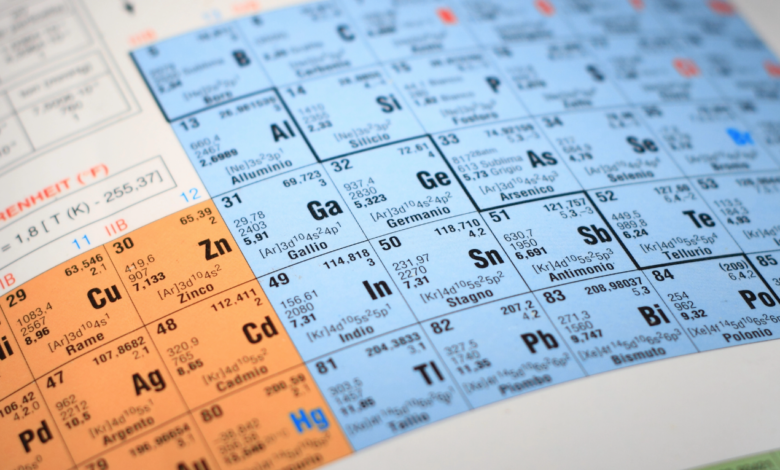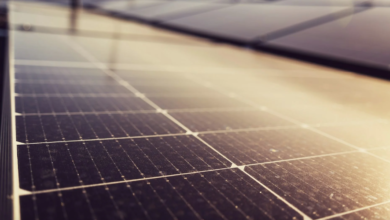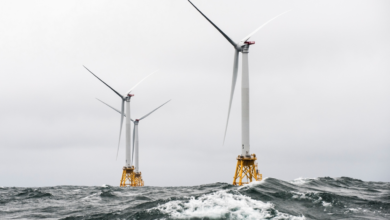Europe’s largest rare earth deposit discovered in Norway

Found at least 1.5 million rare earths essential for EV magnets and wind turbines
At least 8.8 million tons of rare earth oxides. Counting only those that are economically viable to extract. This is the order of magnitude of the reserves found in the Fen carbonate complex in Norway, just under 150 kilometers east of Oslo. It is the largest rare earth deposit in Europe. At least 4 times larger than the already abundant one found a few years ago in Kiruna, Sweden, which is between 1 and 2 mln t.
The announcement came on June 6, after 3 years of investigation, by the Norwegian mining company Rare Earths Norway (REN). “This is an important milestone for Rare Earths Norway and underlines Norway’s position as a vital part of the European rare earth and critical raw material value chain,” the company comments in a press release.
Numbers and prospects of Europe’s largest rare earth deposit
Rare earths are a group of 17 chemical elements that play a key role in the transition. Thanks to special electrochemical, magnetic and optical properties, their applications range from renewable technologies to electric cars. Despite the name, these elements are not uncommon. But it is rare to find them in a concentration and quality such as to make it possible and economically convenient to exploit the deposits. For this reason, too, most of the global supply chain is now in China’s hands.
The Fen field, in its part considered exploitable, contains 559 million tons of material in which rare earth oxides are present in a concentration of 1.57%, or 8.8 million tons. Of these, About 1.5 million tons are rare earths that are used for the production of magnets for electric vehicles and wind turbines. That is, some of the raw materials that the EU considers more critical and exposed to supply risks.
Figures referring only to part of the complex. In 2024, REN will continue to expand exploration activities to arrive at a more comprehensive assessment of the rare earth deposit. A final report on the economic feasibility of the project is expected by the end of the year. To increase the amount of extractable resources, the company will build a pilot facility near the field where it will test some innovations in extraction methods. The final investment decision of around EUR 870 million is expected by 2030.





